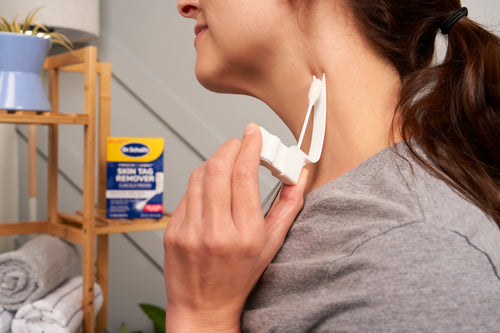While some may find it absolutely crazy that anyone runs for enjoyment, people who fall in love with running often feel they just can’t get enough. There are many runners, however, that describe a love-hate relationship. That’s because while running provides a myriad of mental and physical health benefits, it’s also hard on the body. Striking a balance that allows you to enjoy the benefits of running while reducing the risk of injury is a real challenge.
Common running injuries
There are a number of injuries that are common to runners and it can helpful to know a little about them.
- Shin splints – pain that’s concentrated along the shin bone
- Runner’s knee – a broad term for pain felt around the front of the knee
- Plantar fasciitis – inflammation of the plantar fascia, a band of tissue that connects the toes to the heel bone
- Achilles tendinitis – inflammation of the Achilles tendon, the tendon that connects the heel to the back of the leg
- Stress fractures – small cracks in a bone
Preventing running injuries
Injuries can be painful and even debilitating, benching runners for weeks or months. That’s why it’s so important to take preventive measures. While minor aches and pains are inevitable at some point, injuries can often be avoided with careful planning and precautions. Here are 7 prevention tips:
1) Start slowly – Overuse injuries can occur when you begin a new running routine or intensify your existing routine. Avoid doing too much too soon: start show and gradually increase your speed and distance. And listen to your body. Discomfort is a signal that you should dial back your routine until your body becomes a little more accustomed to it.

2) Seek expert guidance – If you’re a beginner, consider getting advice from an expert. A personal trainer can provide valuable guidance and get you off to a good start with a proper running technique and routine.

3) Buy quality running shoes – You can go cheap with some sports attire, but never skimp on running shoes. Properly fitted shoes with good shock absorbers are the first line of defense against injuries. Some shoe stores can do what’s called a gait analysis. This is simply an evaluation of how you run. Your gait can help determine which brands and styles of shoes are best for you. Be sure to replace your shoes after 300-500 miles.

4) Add insoles – Quality insoles can boost the performance of your running shoes. Consider Dr. Scholl’s® Performance Sized to Fit Running Insoles for extra cushioning and support. Proper arch support helps prevent over pronation and ensures that your foot is comfortably supported throughout the running stride. If you don’t have the right shock absorption and cushioning, your body subconsciously tenses, waiting for the next ground strike robbing you of muscle energy. Adding insoles for shock absorption and cushioning allows runner to run in the most efficient manner and go farther.

5) Warm up and stretch – Warm up with a brisk walk or very slow jog. Once your muscles are warm, stretch for several minutes before running. After you’re done, stretch for several more minutes before cooling off.

6) Mix it up – It may be tempting, but running every day can lead to overuse injuries. Alternate running with other activities like swimming and biking. Incorporate strength training into your workout routine in order to build supporting muscles.

7) Play it safe – Injuries can occur from falling and twisting on uneven terrain. Stick to even, smooth running paths whenever possible. While trail running has become popular, it can be a mixed bag. Some trails are soft and porous, making them easier on the joints than pavement. However, some trails are uneven with rocks and branches that jut out, increasing the risk of falling and twisting ankles and knees.

Many people are able to reap the benefits of running while preventing common injuries. With proper planning and precautions, you too can enjoy running and revel in the rewards. Never push through pain. If you have persistent pain that prevents you from running, see your doctor.














